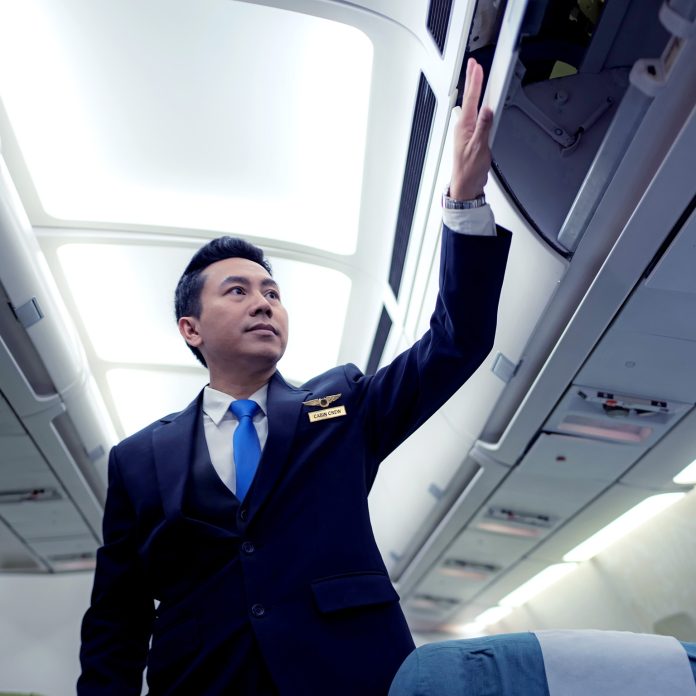Analyzing Airline Business Models
Airlines are often categorized into groups differentiated by their business models—in particular, their cost structures and revenue approaches:
- Legacy carriers (also known as full-service airlines) tend to offer multiclass cabins and a wide range of amenities, with many service features included in the ticket price. Examples include American Airlines, British Airways, and Cathay Pacific.
- Low-cost carriers and ultra-low-cost carriers—a combined group known as (U)LCCs—tend to sell discounted base-fare tickets and then charge extra for a range of amenities. Examples include Southwest Airlines, Spirit Airlines, Ryanair, and AirAsia.
In the course of our research on airline profitability, we’ve found that (U)LCCs have typically delivered better financial returns than legacy carriers. This outcome has been true across geographies and over multiple decades.
Budget airlines have propelled industry growth and profitability
From 2012 through 2019, (U)LCCs generally outperformed legacy airlines across the globe with respect to ROIC. This trend was especially pronounced in the years leading up to the pandemic, when (U)LCCs benefited from structurally leaner cost bases than legacy carriers—thanks to simplified operations and lower overhead and labor costs.
A key factor in (U)LCCs’ success has been their overall cost structures. They often use streamlined route network designs, opting for point-to-point service over hub-and-spoke models, thereby enabling more efficient aircraft utilization and limiting the operational complexity of connecting passengers. Additionally, they tend to fly to secondary airports (which generally involves lower costs) and operate denser aircraft with a single-cabin layout (fitting more passengers on the same plane by narrowing the seats and decreasing legroom).
FAQs
What are the key differences between legacy carriers and low-cost carriers?
Legacy carriers offer multiclass cabins and various amenities included in the ticket price, while low-cost carriers sell discounted base-fare tickets and charge extra for amenities.
Why have North American low-cost carriers underperformed in recent years?
Factors such as increased labor costs, a shift in consumer spending patterns, and legacy carriers mimicking low-cost carrier offerings have contributed to the underperformance of North American low-cost carriers.
Conclusion
As the airline industry evolves, it is essential for airlines to adapt their business models to changing market dynamics. By closely monitoring cost structures, understanding customer preferences, and differentiating their value propositions, airlines can position themselves for long-term success in an increasingly competitive landscape.


